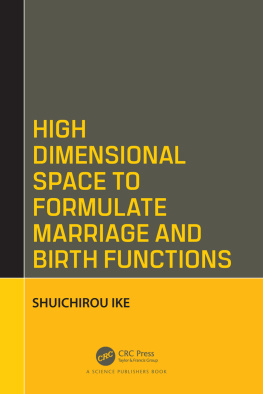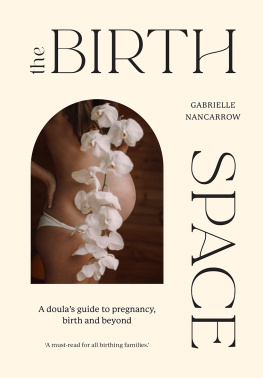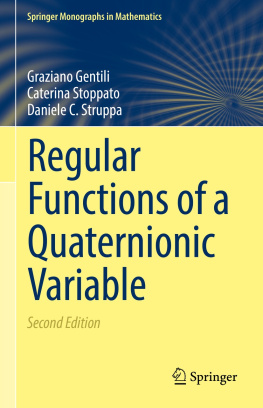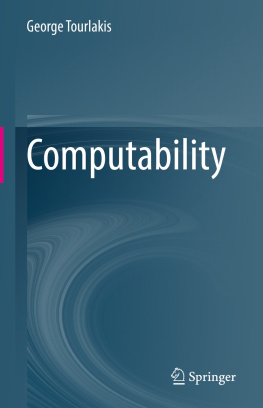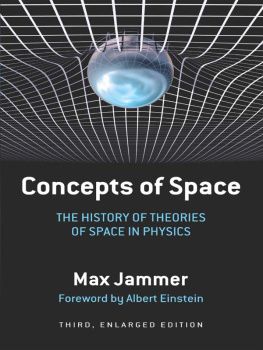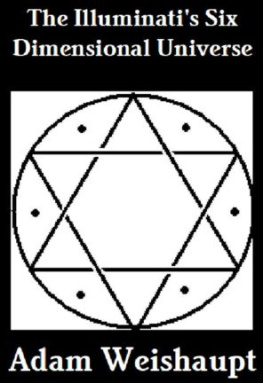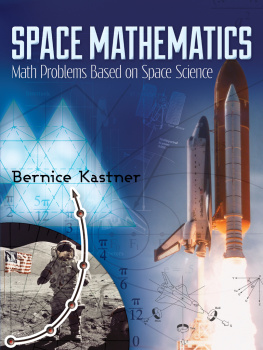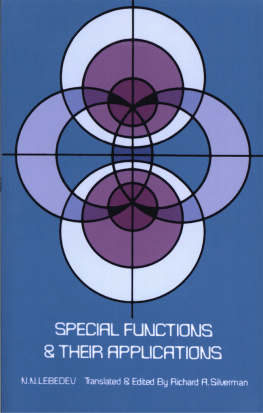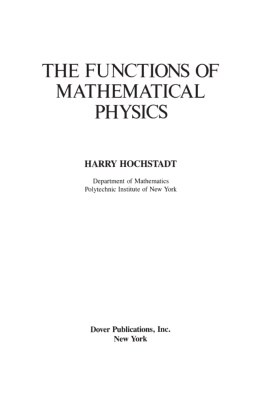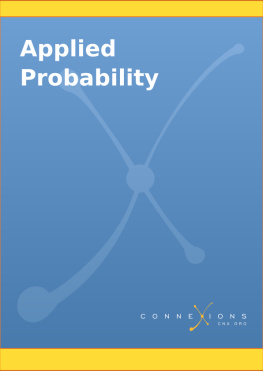Shuichirou Ike - High Dimensional Space to Formulate Marriage and Birth Functions
Here you can read online Shuichirou Ike - High Dimensional Space to Formulate Marriage and Birth Functions full text of the book (entire story) in english for free. Download pdf and epub, get meaning, cover and reviews about this ebook. City: Boca Raton, year: 2022, publisher: CRC Press/Science Publishers, genre: Science. Description of the work, (preface) as well as reviews are available. Best literature library LitArk.com created for fans of good reading and offers a wide selection of genres:
Romance novel
Science fiction
Adventure
Detective
Science
History
Home and family
Prose
Art
Politics
Computer
Non-fiction
Religion
Business
Children
Humor
Choose a favorite category and find really read worthwhile books. Enjoy immersion in the world of imagination, feel the emotions of the characters or learn something new for yourself, make an fascinating discovery.
- Book:High Dimensional Space to Formulate Marriage and Birth Functions
- Author:
- Publisher:CRC Press/Science Publishers
- Genre:
- Year:2022
- City:Boca Raton
- Rating:3 / 5
- Favourites:Add to favourites
- Your mark:
High Dimensional Space to Formulate Marriage and Birth Functions: summary, description and annotation
We offer to read an annotation, description, summary or preface (depends on what the author of the book "High Dimensional Space to Formulate Marriage and Birth Functions" wrote himself). If you haven't found the necessary information about the book — write in the comments, we will try to find it.
With the collapse of Demographic Transition Theory, new theories of population must not just be explanations, but should be falsifiable theories which can compute the number of occurrences of marriages and births. This book reviews computable marriage and birth function using dynamic properties. To do that, the functions are defined in high dimensional space. The reaction-diffusion equation of the number of children in a space is applied to these phenomena, providing solutions to many problems concerning a decline in fertility. The functions are developed as stochastic maps based on the present behaviors of successive behaviors in a geographical space. As we assume that there is an inter-dependence of human behaviors, we use the law of dynamics concerning the function of marriage and birth. The exact mathematical definition of interactions in a space naturally implies a causal relation. For the function concerning the number of children of parents, two geographical-dimensional spaces are required.
The decline in fertility in Belgium due to different languages is explained, and the longer fertility period in Brittany is explained by the Laplacian of the diffusion equation. Depending on the degree of symbolic control over behaviors, we need to add the degree of the dimension of the space. For the marriage function, we add age as a biological dimension to the geographical space. In this higher dimensional space, the mapping from neighboring present marriages to neighboring successive marriages is no less than that of the marriage function. These chain reactions caused the baby boom as an exothermal reaction-diffusion. Birth functions require one to add the marriage-age dimension to two geographical and age dimensions so that it is a five dimensional hypersurface. It can, thus, determine birth probabilities of a female who married at a certain age. The phenomenon of modern fertility decline may only be the result of these chain reactions. These processes are solely dependent upon time-space, and not on socioeconomic conditions. This is the very reason why we are able to predict it mathematically.
The book provides a new thinking in fertility decline for demographic research. Readers need to be aware that the fertility decline experienced throughout the modern era is a spatial pattern formation (as a reaction-diffusion). The author hopes new mathematical applications in human activities are developed through these new models.
Shuichirou Ike: author's other books
Who wrote High Dimensional Space to Formulate Marriage and Birth Functions? Find out the surname, the name of the author of the book and a list of all author's works by series.

